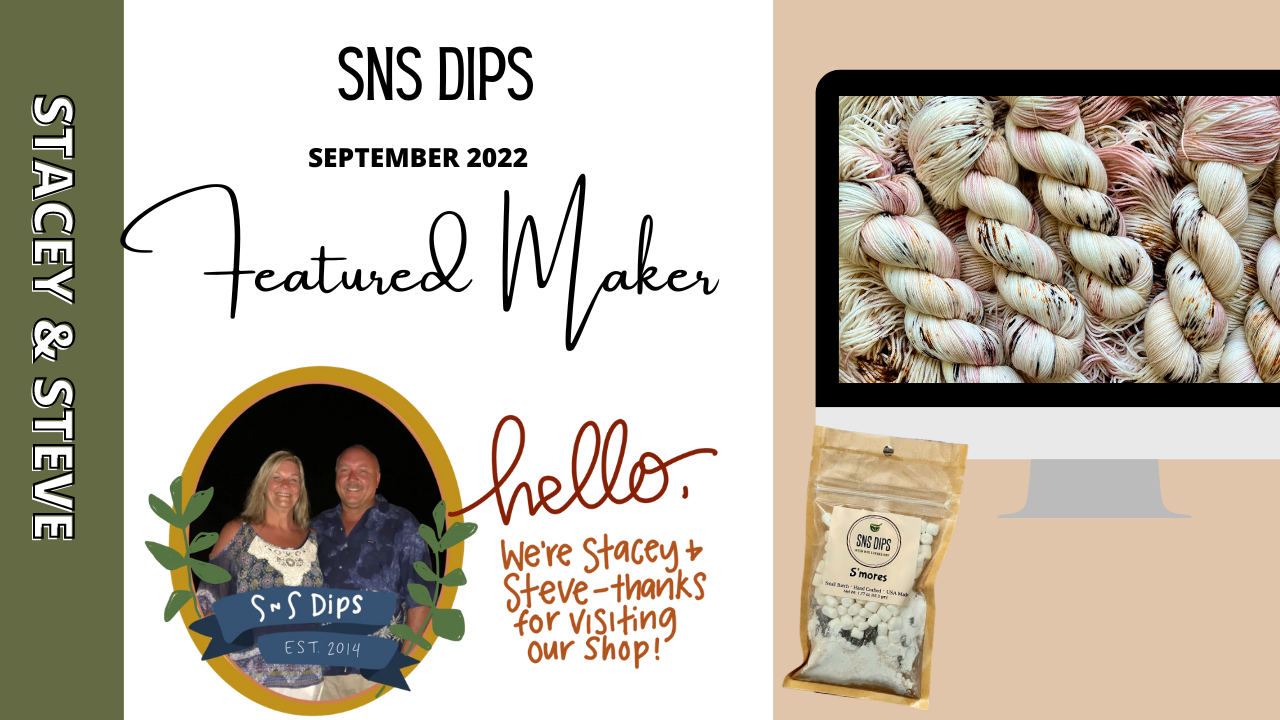A History of Fiber: Dyeing

Our previous episode began at the beginning, as any good story would. However, it is time to discuss an important part of fiber-dyeing!
The earliest found dyed flax fibers were found in a prehistoric cave (34,000 BCE) in the Republic of Georgia. However, we have the most dyeing evidence beginning in the Neolithic era (5,000 years ago) in Anatolia. There, and in China, items found in nature (iron oxide, plants, barks, insects) were used to dye natural, handmade fibers (reeds, cotton, etc). Madder was an important dye in Europe and Asia. Madder is the common name for Rubia, a genus of flowering plant and it's root provides a red pigment. Rubia derives from the Latin word 'ruber' meaning red. Madder was the first natural pigment to be replicated synthetically, in 1869. The product of the replication is called Alizarin. Unfortunately, this reproduction caused the market for naturally grown madder to collapse. By 1870, many other synthetic colors were being manufactured and the use natural dyes began to fade.
Let's back up a few years to Lyon, France in 1849 when "piece dyeing" began. Before this time, the fiber was dyed then the fabric was made. However, piece dyeing is the opposite-using white woven fabric then dip dyeing into one or multiple colors. After dipped to satisfaction, the fabric sat around curing before being washed and dried.
The type of dyed used is dependent on the type of fiber. Each fiber requires a specific chemical in the dye in order for the fiber to absorb the dye.
Man made fibers such as Acrylic use basic dyes. Protein fibers (wool and silk) and nylon require acid dyes. Polyester yarn requires disperse dyes and cotton can be dyed with a range of dye types: vat dyes, direct dyes, and modern synthetic reactive dyes.
Now, what happens when dyeing goes wrong? By using chemicals, typically sodium hydrosulfite or hydrogen peroxide, you can "strip" the fiber of it's dye. However, this can damage the fiber. What is less troublesome is to dye the fiber darker shade or black.
Hope you enjoyed this blog about dyeing! Next month we will chat about the history of knitting!
Happy Crafting, Brianne



Comments